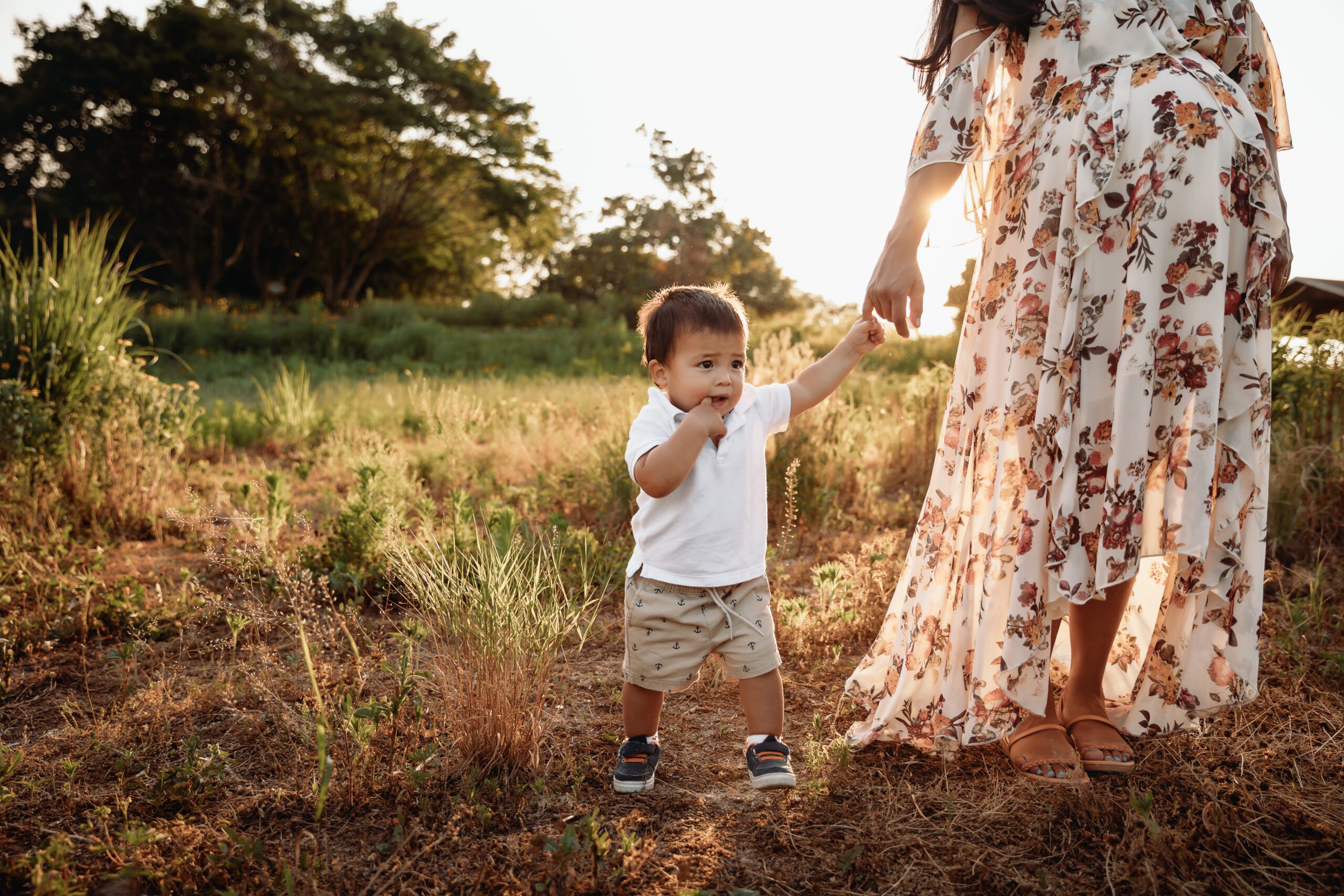Capturing precious family moments through photography is a wonderful way to freeze time and create lasting memories. While studio lighting setups have their place, the magic of natural light can bring a unique warmth and authenticity to your family portraits. In this blog post, we’ll explore the art of using natural light for family photography, focusing on positioning your subjects, achieving sunflare and sunburst effects, and ensuring you capture the beauty of the sky without overexposing your images.
The Power of Natural Light in Family Photography
Natural light provides a soft, flattering illumination that can bring out the best in your subjects. Whether you’re shooting in the golden hour just after sunrise or before sunset, or taking advantage of diffused light on an overcast day, there are several ways to harness the beauty of natural light for your family portraits.
Positioning Your Subjects for Optimal Lighting
One key technique in using natural light effectively is to position your subjects in relation to the light source. One popular approach is to have your clients face away from the sun. This helps avoid harsh shadows and squinting, ensuring that their faces are evenly illuminated. The light will gently wrap around their features, creating a flattering and natural look.
Alternatively, you can angle the lens so that the sunlight is coming from the side (left or right) of the frame. This technique can create stunning effects, such as side lighting that accentuates facial contours and adds depth to the image. It can also cast beautiful long shadows, which can add an artistic touch to your portraits.
Creating Sunflare and Sunburst Effects
Sunflare and sunburst effects are visually captivating elements that can add a touch of magic to your family portraits. To achieve sunflare, position yourself so that the sun is partially obscured by an object like a tree, building, or person. Shoot directly into the sun, allowing its rays to hit the lens at an angle. This can create a dreamy and ethereal look, with rays of light streaking across your image.
Another way to capture a sunburst effect is to stop down your aperture (use a higher f-stop number like f/16 or f/22) to create a starburst pattern as the sun hits the lens. This can add a whimsical and enchanting quality to your portraits. Remember that achieving these effects may take some experimentation, so be prepared to adjust your camera settings and angle to get the desired result.
Preserving Cloud Detail and Avoiding Overexposure
While the sun is a powerful light source, it’s important not to let it overpower the other elements in your composition, such as the sky and clouds. To capture the clouds and maintain detail, follow these tips:
1. Lower your exposure in camera and always check live view mode to ensure the sky is not to bright or overexposed.
3. Shoot in RAW. RAW files retain more information, giving you greater flexibility to adjust exposure and recover details during post-processing.
4. Avoid High Noon. The sun is at its harshest and brightest around midday, which can make it challenging to capture clouds and maintain balanced exposure. Shooting during the golden hour or during overcast conditions can help you achieve better results.
Head on over to the free LEARN group to check out more tips and tricks using light.
Mastering the use of natural light in family photography opens up a world of creative possibilities. By strategically positioning your subjects, experimenting with sun flare and sunburst effects, and paying attention to exposure, you can create stunning and authentic family portraits that showcase the warmth and beauty of natural light. Remember that practice makes perfect, so don’t hesitate to experiment and refine your techniques over time. With dedication and a keen eye, you’ll be able to capture those cherished family moments in breathtaking photographs that will be treasured for generations to come.
View some of my work using natural light here

+ show Comments
- Hide Comments
add a comment